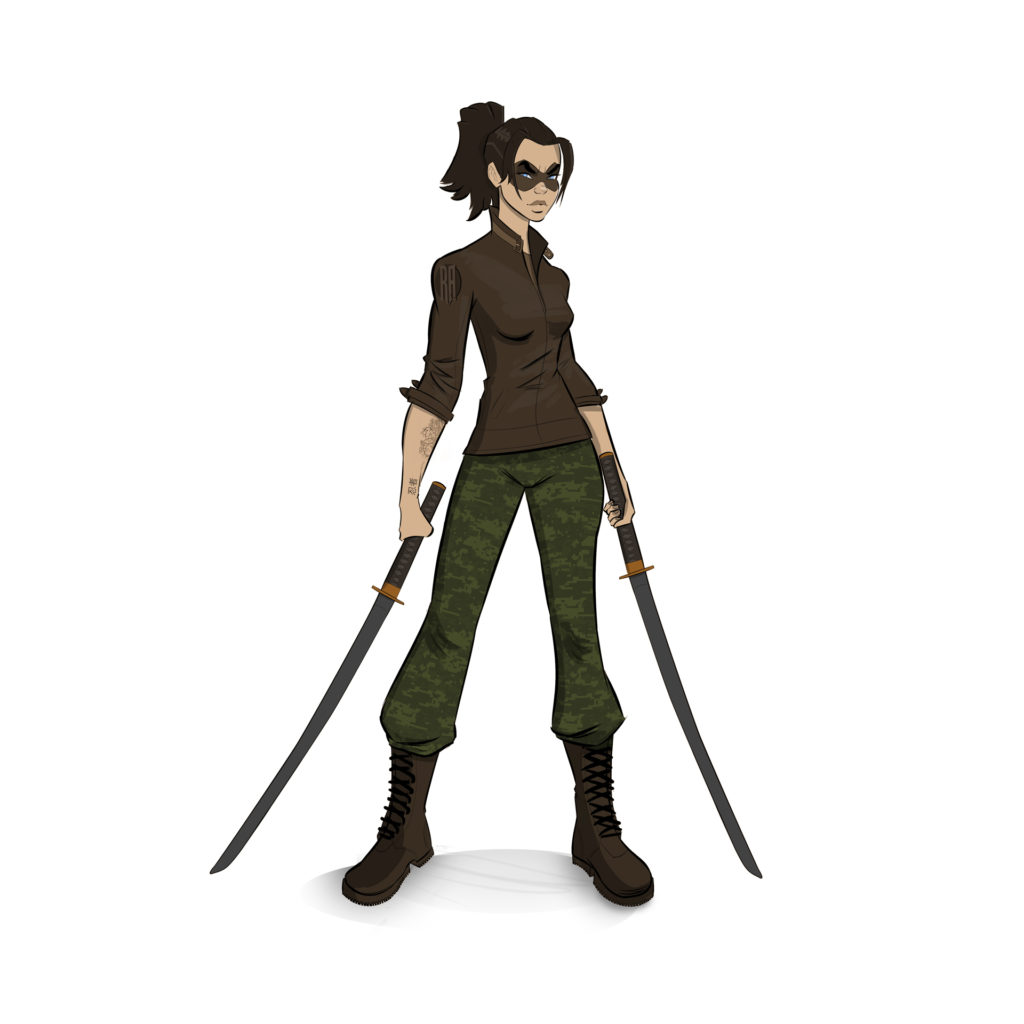
As you stare at a blank document or outdated resume, you may ask yourself:
What should my resume look like in 2020? Should I add a headshot or social media links? What about colors? Industry experience? What is an ATS? The list goes on…
It is not an easy task to design an effective resume that stands out in today’s ultracompetitive job market. It takes time and finesse to convey your career accomplishments in an eye-catching resume that catches the attention of hiring managers and employers.
APPEARANCE MATTERS
Many of my clients wonder why appearance matters in resume writing today. There is some truth to this thought. What you include in your resume–from your relevant work experience and education to your expert-level skills and professional qualifications–are immensely important.
However, most job postings generate 250+ resumes and hiring managers often see the same traditional, bullet-list-only chronological resume. This format just regurgitates a candidate’s employment history. Because it’s not visually engaging, hiring managers have a harder time distinguishing one candidate from the next. And that means they could pass by your resume before even reading your sales pitch. This is why a creative, eye-catching resume makes all the difference.
Front-Loading Your Perfect Fit
The top half of your resume is prime real estate. You can make a huge impact by showcasing your unique skills, achievements, and value. You should grab readers and compel them to dive deeper into your resume, which is exactly what an effective resume should do.
Callouts Attract Attention
Front-loading your resume gives hiring managers your most impressive (and relevant) achievements, career skills, and industry experience within seconds. It’s keyword-rich to pass the ATS and has clear separations between sections to give each point its own space without overwhelming the reader. This format helps readers smoothly jump from one visual point to the next. Again, this is precisely what you want.
Writing specifics about your career (such as 20 years of experience) and what you did for former employers (like managed over $1B budgets) are must-haves.
Color Schemes
Colors can emphasize your best selling points and neatly break up sections. They’ll also help you make a memorable impression. Think about how you can add color to show off your personality, emphasize points in your minimal resume template, and make an impact. Choose one or two colors that reflect aspects of your industry or your personality and make sure your words stand up to your resume’s new design.
Be Succinct!
Your resume and cover letter should only contain the most relevant details about your career and employment history. Including irrelevant and useless facts from your work experience muddles your message. That’s why list-style resumes are so boring and ineffective.
Writing resumes requires a keen eye for editing. You must cut the bloat and get right to the memorable facts. So when writing your resume, ask yourself: Does this strengthen my case or distract from it?
Each element and sentence you add to your resume should be there solely to help you land an interview. If it doesn’t help your case, then you probably don’t need to include it.
I recommend using a combination of paragraphs and bullet points here. This breaks up the repetitiveness of only having bulleted lists and boosts visual engagement.
Remember, creating a visually engaging resume gives you a much better chance of standing out in this ultracompetitive job market.
Mary Southern, M.Ed
www.resumeassassin.com
